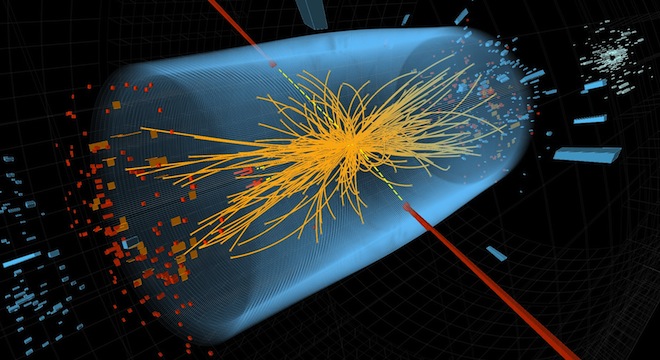Scientists using the Large Hadron Collider, the world’s largest and most powerful particle accelerator, to try and locate the missing so-called “god particle” Higgs Boson, are preparing to deal with an unprecedented onslaught of particle collision data this year, now that the accelerator has been cranked up another power level.
“Last year, on average, 10 protons colliding simultaneously, this year we might end up with 30,” said Andre David Tinoco Mendes, a scientist with the European Organization For Nuclear Research (CERN), which oversees the particle accelerator, in a new video posted online by CERN late Thursday.
“We have protons colliding every 25 nanoseconds. What that means it the collision rate is about 40 megahertz, or 40 million times per second,” said Tulika Bose, another CERN scientist and assistant professor at Boston University.
The increased rate and number of proton collisions inside the particle accelerator will increase the researchers chances of discovering the Higgs Boson, a long-sought particle and the last missing piece needed to verify the Standard Model, the particle physics theory that informs much of our present understanding of the laws of the universe.
However, along with the new particle collisions comes more “garbage” events, as CERN notes it its video, that is — particle collision debris that isn’t helpful in the quest for the Higgs Boson and must be discarded. But distinguishing between “interesting” events and garbage events is a difficult challenge given the magnitude of the data, as CERNs scientists readily admit in their new video series. Check out part one below:
CERN notes that every year, the Large Hadron Collider produces 15 petabytes of data based on the collisions, or enough data to fill 1.7 million DVDs.






